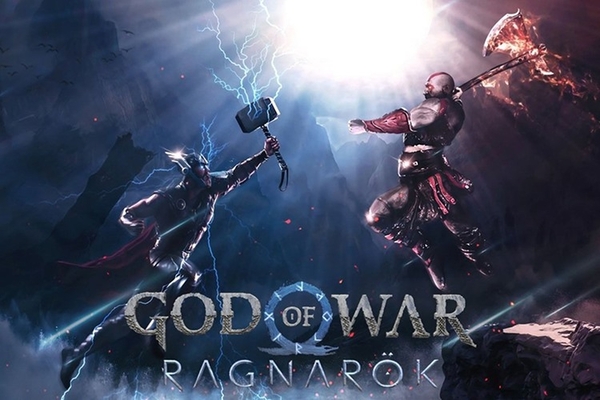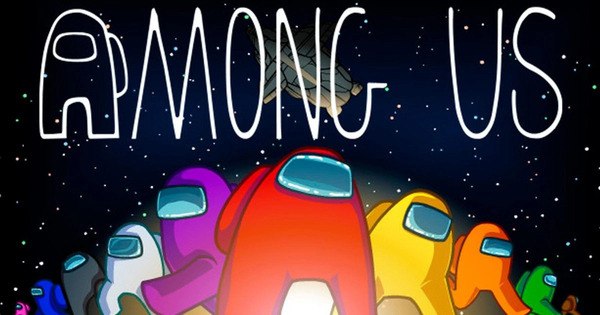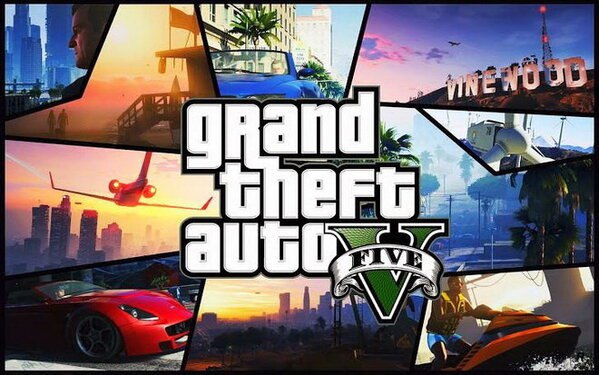Introduction
Dota 2 is one of the most popular games in the world, attracting millions of players and viewers to its competitive esports scene. As a game that involves strategic thinking, quick reflexes, and teamwork, it has created a global community of passionate gamers. But behind the complexity of its gameplay lies a unique digital economy, where virtual items—such as rare skins, battle passes, and collectibles—hold substantial value.
In recent years, the growing importance of these digital assets has led to the need for insurance and claims. As players invest considerable amounts of money and time into acquiring rare in-game items, they face the risk of losing them due to various factors such as account theft, game malfunctions, or even server issues. Just like physical assets, digital items need protection, and this is where digital asset insurance and claims come into play. This article will explore how Dota 2 players can safeguard their virtual investments and navigate the world of insurance and claims.
The Evolution of Dota 2: From Mod to Global Esport
Dota 2's journey to becoming one of the most iconic games in the world is a fascinating tale. What began as a custom mod for Warcraft III soon transformed into a standalone title that reshaped the esports industry. With its complex mechanics, strategic depth, and emphasis on teamwork, Dota 2 quickly attracted a dedicated player base and became a competitive staple.
From Warcraft III Mod to Dota 2
Originally, the Dota series began as a Warcraft III mod called "Defense of the Ancients," or DotA. It was created by a community of modders, with the most well-known iteration being DotA Allstars. As the mod grew in popularity, Valve Corporation took notice and decided to create a standalone sequel—Dota 2. Released in 2013, Dota 2 rapidly gained a large following, thanks in part to its deep strategic gameplay, the free-to-play model, and its accessibility through the Steam platform.
The Rise of Esports and Digital Assets
Dota 2’s global appeal led to the rise of esports tournaments like The International (TI), where top-tier teams compete for multi-million-dollar prize pools. As the game became more competitive, digital assets such as skins, battle passes, and cosmetics started gaining value. Players began spending money on these items, either as a way to show off their status or to personalize their in-game experience. This new economy brought forth an emerging need to protect these digital assets, especially considering their rising value.
Digital Assets in Dota 2: More Than Just Cosmetics
In the world of Dota 2, cosmetic items are purely aesthetic. While they don't affect gameplay, they hold significant monetary value. Some skins, heroes, and items can be worth hundreds or even thousands of dollars. But just like physical goods, these digital assets are at risk of being lost or stolen. In response to this, the concept of insurance and claims has emerged to help protect players from potential losses.
Skins and Cosmetic Items
Skins in Dota 2 are one of the most sought-after digital assets in the game. These skins can range from simple recolors to elaborate, limited-edition designs that players can equip on their heroes. Some of these skins are incredibly rare, and their value can fluctuate depending on their demand and availability. In some cases, a single rare skin can be worth thousands of dollars, making them a prime target for theft or loss.
Battle Passes and Other Collectibles
In addition to skins, battle passes and other collectible items have become a significant part of Dota 2's digital economy. Each year, Valve releases a Dota 2 Battle Pass, which offers a variety of rewards, including exclusive cosmetics, heroes, and even the opportunity to participate in in-game events. Many players purchase battle passes to unlock these items, and over time, some of them may become highly valuable.
Why Insurance for Dota 2 Assets is Becoming Essential
As players spend more money on digital assets, they are increasingly looking for ways to protect their investments. Insurance for Dota 2 items offers protection against various risks, such as theft, loss, or damage. While it’s not yet a widespread service, the growing value of digital assets in games like Dota 2 means that insurance is becoming more relevant.
Protecting Against Account Theft
One of the biggest risks for Dota 2 players is the threat of account theft. If a player’s account is compromised, they can lose their valuable skins, items, and other digital assets. Hackers can gain access to a player’s account through phishing, social engineering, or other methods. Once an account is compromised, the thief can sell or trade the items, leaving the player with nothing. Insurance can help cover the loss of these assets, ensuring that players are compensated in the event of a hack or theft.
Safeguarding Investments in Rare Items
For players who spend a significant amount of money on rare skins and collectibles, digital asset insurance can provide peace of mind. If these assets are lost due to technical issues or other unforeseen circumstances, players can file a claim to recover their losses. This insurance ensures that players are protected from the financial consequences of losing high-value items.
How Digital Asset Insurance Works for Dota 2
Digital asset insurance for Dota 2 operates similarly to traditional insurance policies. Players can purchase coverage for their in-game items, and in the event of a loss, they can file a claim to recover the value of their assets. Here’s a breakdown of how it works.
Types of Coverage
- Loss or Theft Protection: Covers the loss of items due to theft or account compromise.
- Technical Malfunction Protection: Covers losses caused by technical issues, such as server problems, game bugs, or crashes.
- Transaction Protection: Provides coverage for items purchased or sold through third-party platforms, protecting players from scams or fraudulent activity.
Filing a Claim
When players experience a loss, they can file a claim with their insurance provider. To file a claim, players must provide evidence of the loss, such as transaction logs, screenshots, or account details. Once the claim is submitted, the insurance company will assess the situation and determine whether the loss is covered by the policy. If approved, players will be compensated for their losses, either in the form of a replacement item or a monetary refund.
The Challenges of Digital Asset Insurance
While the idea of digital asset insurance is appealing, there are several challenges that players and insurers face. These challenges can complicate the process of obtaining and utilizing insurance for Dota 2 items.
Complex Terms and Conditions
Many insurance policies for digital assets come with complex terms and conditions that can be difficult for players to understand. Some policies may exclude certain types of losses, such as items lost due to player negligence or violations of the game's terms of service. Players must thoroughly review the fine print before purchasing insurance to ensure that they are adequately covered.
Limited Availability of Insurance Providers
As of now, digital asset insurance is still a relatively niche market. Not all insurers offer coverage for in-game items, and the ones that do often provide limited options. Additionally, some platforms may not cover items lost due to server issues or other technical problems. Players may need to shop around for a provider that offers the specific coverage they need.
Risk of Fraudulent Claims
As the value of digital assets increases, the risk of fraudulent claims also rises. Some players may attempt to file false claims in an effort to recover valuable items that were lost due to their own actions. Insurance providers must implement safeguards to prevent fraud, but this can lead to delays in the claims process and complications for legitimate players.
How the Dota 2 Community is Adapting to Digital Asset Insurance
The Dota 2 community is slowly beginning to recognize the value of digital asset insurance. As more players invest in rare items and skins, there is an increasing demand for protection. In response, some third-party platforms have emerged to offer insurance for Dota 2 players, and discussions around the topic are gaining traction in online forums and communities.
Community Awareness and Education
As the idea of digital asset insurance grows, there is a need for education within the community. Players must understand the risks involved with acquiring rare items and the importance of protecting their investments. Many online guides, videos, and articles are helping raise awareness about the benefits of insurance and how to navigate the claims process.
Collaborations with Esports Organizations
Esports organizations are also starting to take an interest in digital asset insurance. Professional teams, who often invest large sums of money in exclusive skins and collectibles, may soon look to provide insurance for their players’ assets. This trend could further drive the adoption of insurance within the Dota 2 community.
The Future of Digital Asset Insurance in Dota 2
As Dota 2 continues to evolve and its digital economy grows, the need for insurance will become more pronounced. In the future, we can expect to see more integrated insurance solutions, possibly offered directly by Valve or third-party providers. Blockchain technology may also play a role in the future of digital asset insurance, providing a more secure and transparent system for protecting in-game items.
The Role of Blockchain in Digital Asset Insurance
Blockchain technology has the potential to revolutionize digital asset insurance. By using decentralized systems, insurers can offer more secure, transparent, and efficient services to protect players' virtual assets. Blockchain could also provide an easy way for players to prove ownership and authenticate claims, reducing the risk of fraud.
Conclusion
Dota 2 has evolved from a simple mod into a global esports powerhouse, and with it, the digital economy surrounding the game has grown. The increasing value of digital assets, such as skins, battle passes, and collectibles, has led to the emergence of insurance and claims as essential tools for protecting these assets. While the industry is still in its early stages, the growing demand for digital asset insurance shows that players are looking for ways to safeguard their investments.
As the landscape of digital gaming continues to change, the role of insurance in protecting virtual assets will only become more significant. Players must stay informed about their options and consider investing in insurance to protect their valuable Dota 2 items. Whether you’re a casual player or a competitive esports enthusiast, digital asset insurance is a critical consideration in today’s digital world.



































